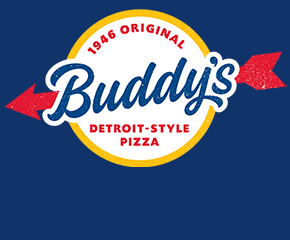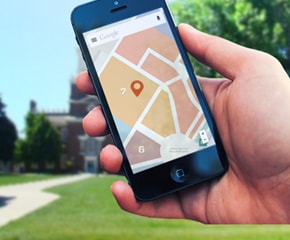
The Henry Ford
Archive of American Innovation™
Innovation Focus
Our collecting continues to focus on resourcefulness, innovation, and ingenuity—and both new and old artifacts, along with their stories, are featured in new ways. In particular, as digital technologies became ubiquitous, The Henry Ford began developing new strategies to accomplish its mission to share, teach, and inspire, particularly focused on the “innovation” portion of the mission statement.
The Henry Ford Archive of American Innovation™ represents the core assets of The Henry Ford that illustrate the process and context of innovation. It refers to artifacts and documents in the collection that provide an unprecedented window into America’s traditions of resourcefulness, innovation, and ingenuity. It is the key to understanding how our entire modern world was created.
Related stories of artifacts and innovation are featured on The Henry Ford’s Innovation Nation, a weekly educational TV program produced by Litton Entertainment and hosted by Mo Rocca, which has aired since Fall 2014. Innovation is also brought in through events such as Maker Faire Detroit, hosted annually at The Henry Ford since 2010.
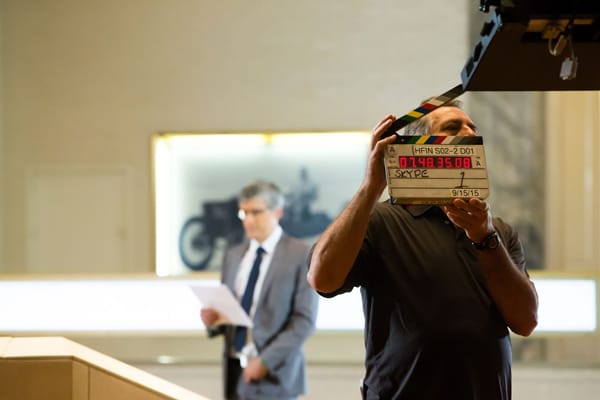
The Apple 1 was not only innovative, but it is a key artifact in the foundation of the digital revolution.
 Patricia Mooradian
President, The Henry Ford
Patricia Mooradian
President, The Henry Ford
A Key Innovation Artifact
One of the most significant artifacts collected during this period was the Apple 1, added to the collection in October 2014. Less than 70 Apple 1’s are known to exist, and only 15, including The Henry Ford’s, are operational. Curator of Information Technology and Communication Kristen Gallerneaux noted that this artifact is “a powerful and humanized example of information technology that is absolutely bursting with stories of innovation, ingenuity, and resourcefulness”—a perfect addition to the Archive of American Innovation.
Active Collecting
Though the world has become increasingly digital, The Henry Ford continues to collect hundreds or even thousands of physical artifacts each year. In the second decade of the 21st century, this has included material related to significant artifacts we already hold (John F. Kennedy material, to add additional context to the Kennedy Limousine; and the George Devol collection, which relates to the world’s first industrial robot), design (an Eames-designed, IBM-used kiosk and hundreds of examples of 20th century soap packaging), and auto racing (photographic collections from John Clark and Ray Masser and dozens of tether cars or “spindizzies”).
Major recent acquisitions include the John Margolies Roadside America collection, the Bachmann studio collection of American glass, the Roddis clothing collection, and Mathematica, a circa 1960 exhibit designed by Charles and Ray Eames.
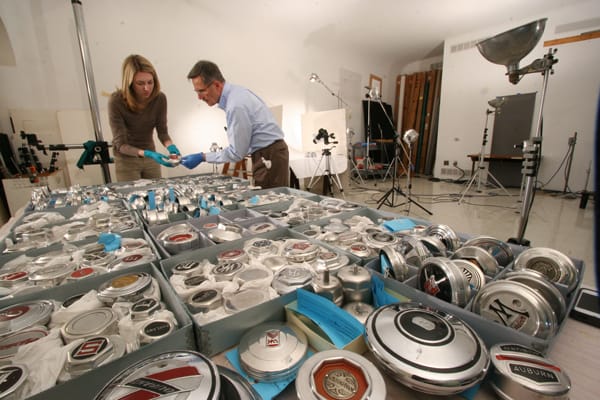
The Collections Go Digital
The Henry Ford began scaling up its collections digitization effort in 2010, hiring new staff with new skills to advance this technology-intensive effort that involves conservation, cataloging, photography, and scanning. Images of tens of thousands of artifacts are now freely available online, from our Digital Collections, and provide the basis for additional layers of supporting content, helping the public to understand artifacts in the context of their original time and place as well as the context of today.
Digitization efforts include artifacts on display within the Museum or Village, new acquisitions, and “hidden” items currently in storage. In 2013–15, for example, more than 1200 communications-related artifacts in storage, including many significant rediscovered treasures, were digitized through a grant from the Institute for Museum and Library Services (IMLS).
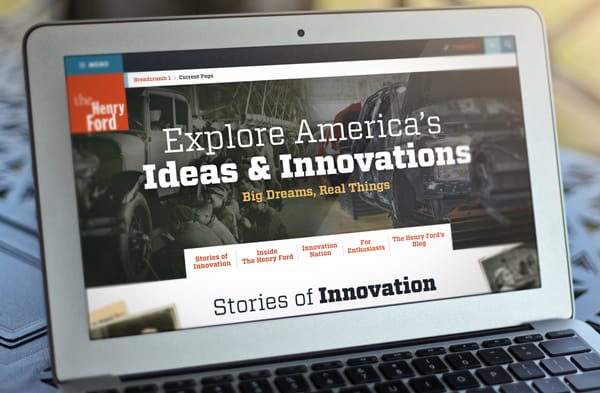
From Digital Artifacts to Digital Stories
While more than 20,000 artifacts are on public exhibit in Henry Ford Museum, Greenfield Village, the Benson Ford Research Center, and the Ford Rouge Factory Tour, The Henry Ford’s collection holds many more—about 250,000 objects and millions more photographs and documents within our archives. Institutional commitment to the digitization of The Henry Ford Archive of American Innovation™ is making these collections, and the ideas behind them, more accessible to more people in more ways than ever.
Within Henry Ford Museum and the Ford Rouge Factory Tour, digital collections and their stories can be accessed on touch-screen kiosks; within The Henry Ford’s website, anyone with internet access can browse videos highlighting surprising connections between artifacts when visiting our Connect3 series. You can also listen to clips from interviews with famous innovators from our oral history project, Collecting Innovation Today, and artifact-based stories imagining “What If?”

